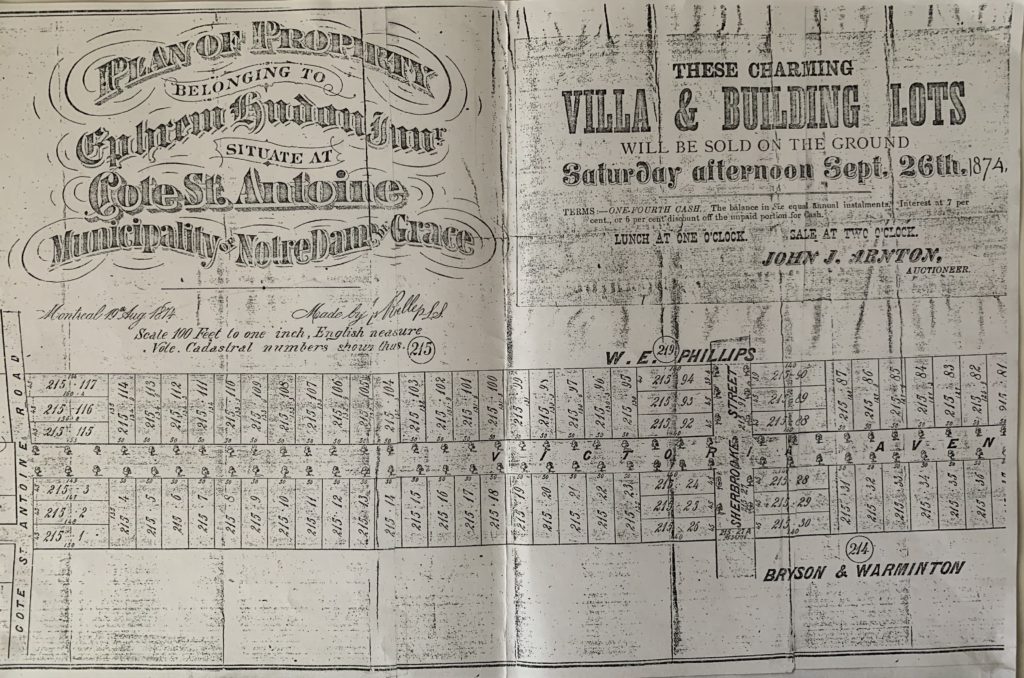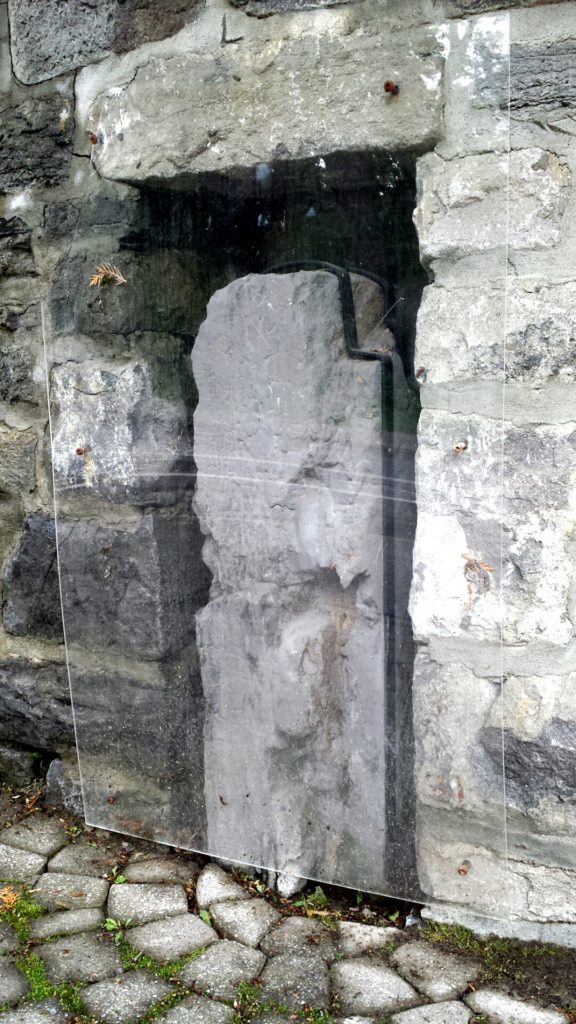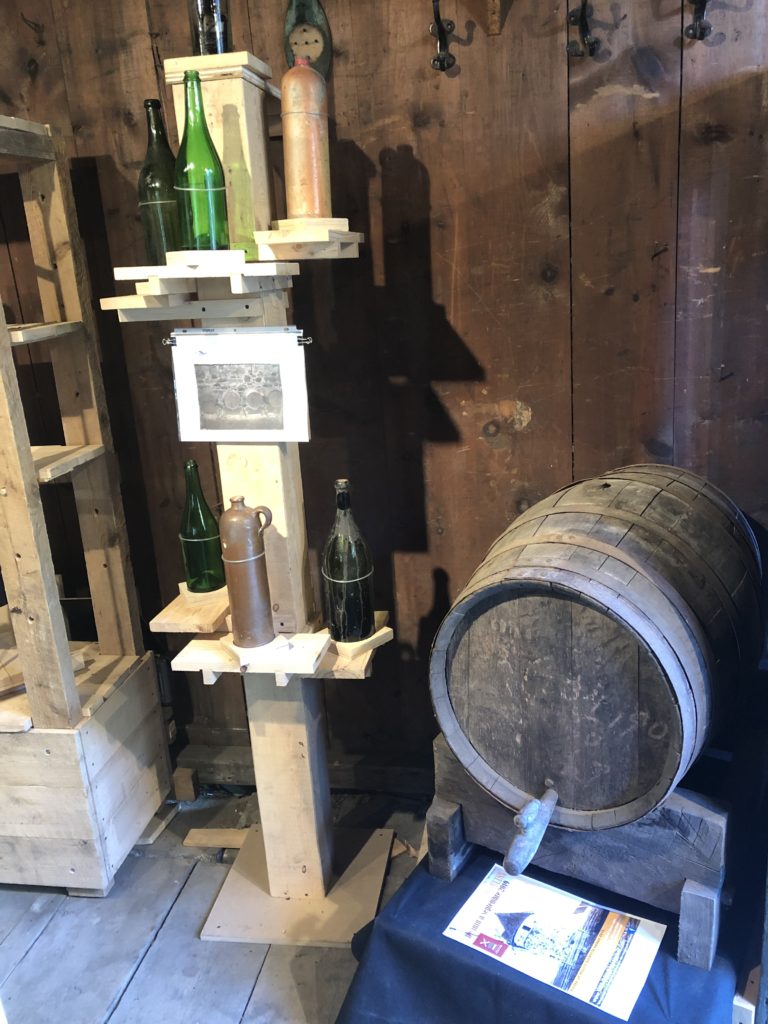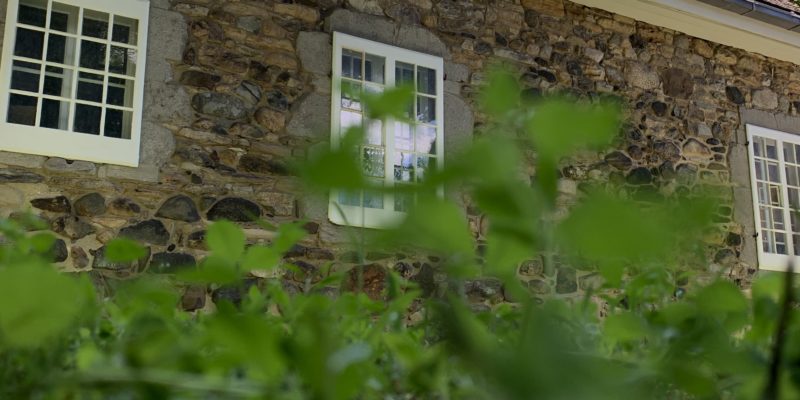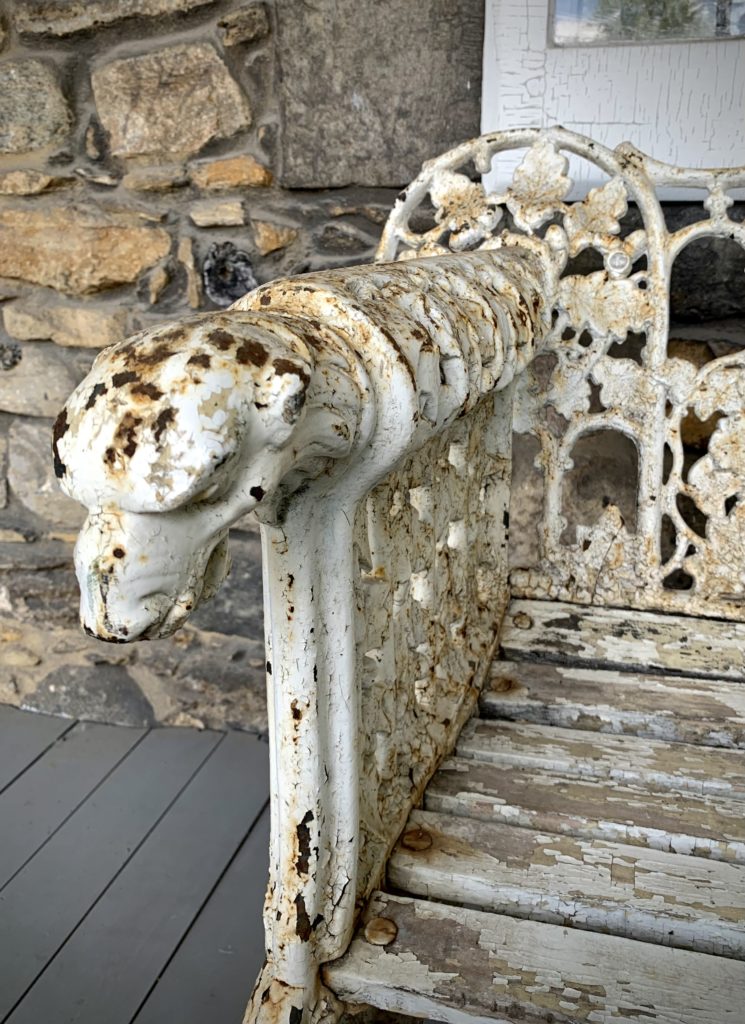Written by Delia Oltean –
The number 563 Côte-Saint-Antoine Road is the current address of the Maison Hurtubise. Interesting to visit, who would have thought that an equally interesting history could also be hidden in its civil address?


Focusing on “chemin de la Côte-Saint-Antoine” reveals that the name has changed several times since the 1680s. At first without a name, it was not until 1730 that the first version of the name appeared: “grand chemin de la haute folie.” The second version of the name followed in 1760: “grand chemin de la haute côte.”
Why “Haute folie (high madness)”? While it may seem enigmatic at first, the reason is quite simple. The word “haute” is chosen considering the elevation of the road on the Mount-Royal. As for the word “folie,” it is important to know that the territory, until the very early 1700s, was crossed by various native populations and that the danger represented by the journey between Ville-Marie (now the Old Port of Montreal) and this region sometimes led to skirmishes with natives. The road was so dangerous that it was madness to go to this area of the Island of Montreal. According to two historians, Stewart and Robichaud, “the house acquired the nickname of la haute folie because it was located too far from Ville-Marie to be integrated into the local defence network”. (Stewart and Robichaud, 2001, p.9).
The exact date when the name “chemin de la Côte-Saint-Antoine” was chosen remains unknown. On the other hand, it is likely that a road was opened in the 19th century to communicate with the developing village of Saint-Henri-des-Tanneries (where a lot of leather was produced).
In 1879, the village of Côte-Saint-Antoine was founded (which will later become the City of Westmount). The area, except for the widening of Côte-Saint-Antoine Road, remained the same after the subdivision of the upper part of the Hurtubise property was completed.

It is fascinating to note the evolution of the Hurtubise House environment over the years. From a completely unoccupied environment to an urbanized area, the house is still part of the City of Westmount’s landscape today.

Sources:
- Stewart, A. et Robichaud, L. (2001). Étude patrimoniale de la maison des Hurtubise. Institut d’histoire de l’Amérique française.



